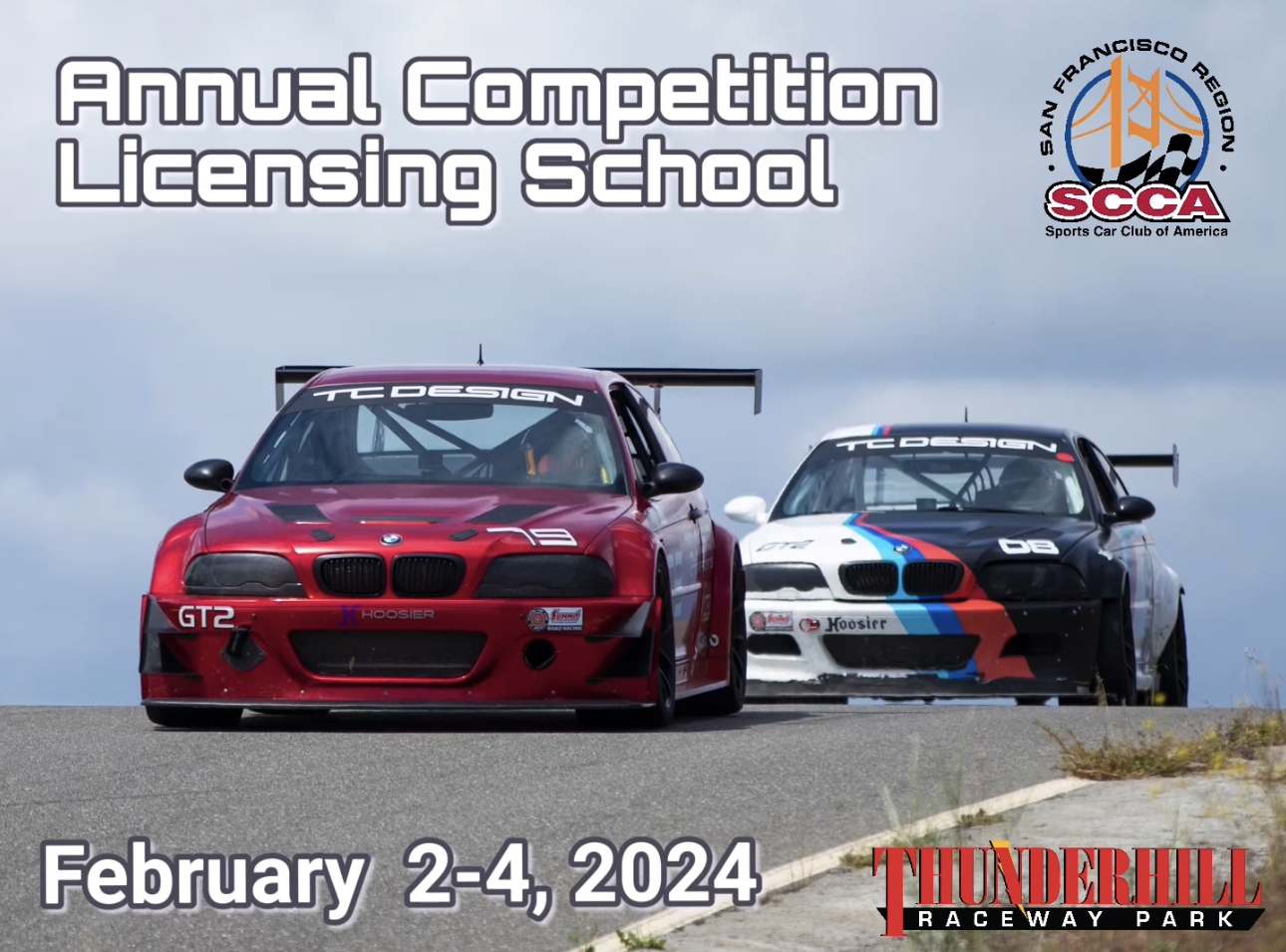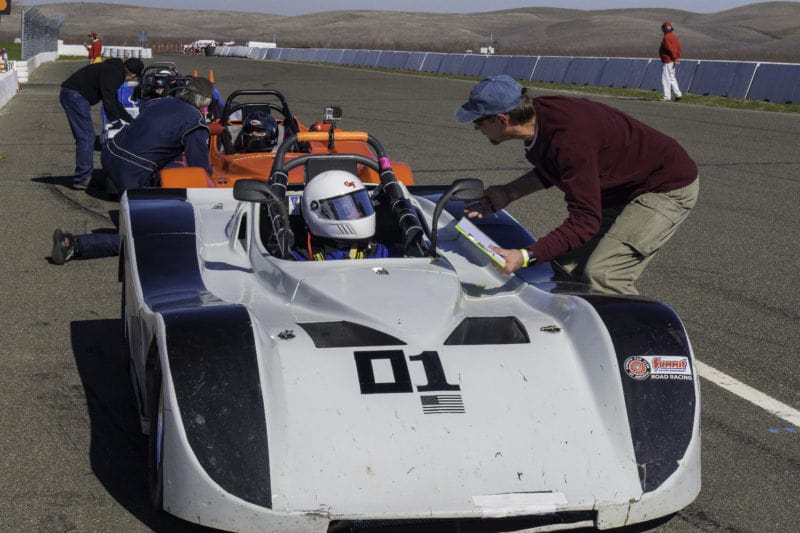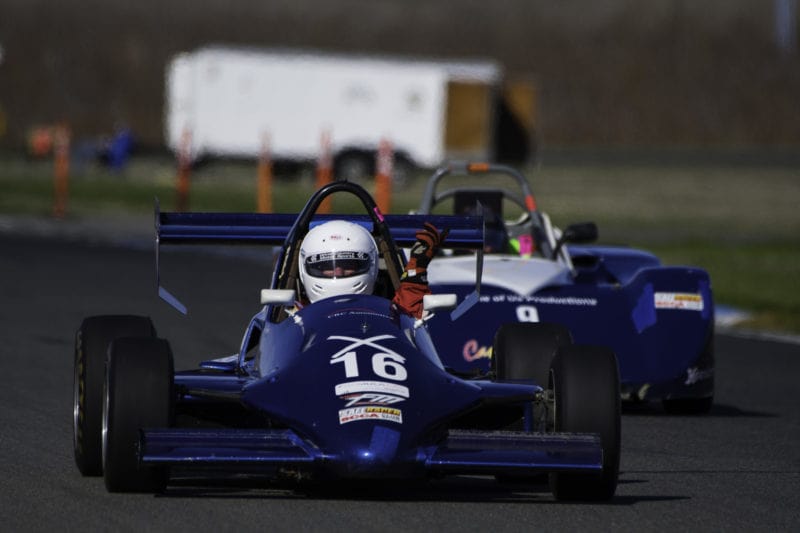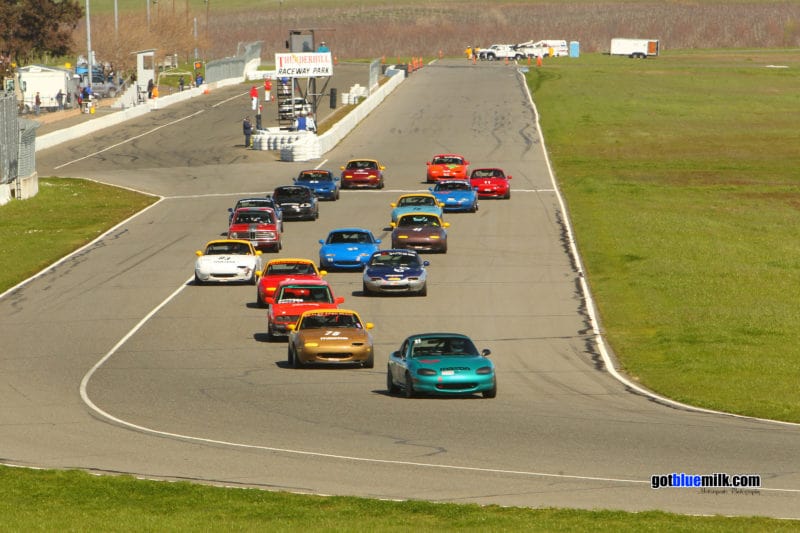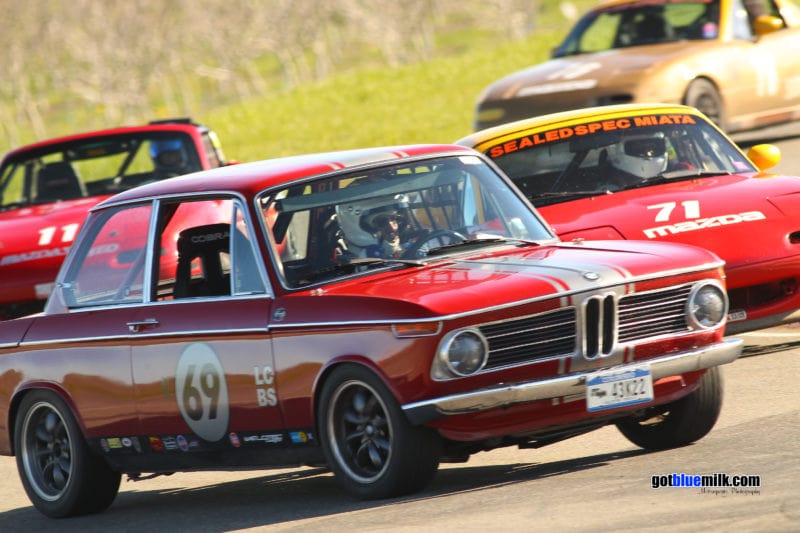FEBRUARY 2-4, 2024 AT THUNDERHILL RACEWAY PARK.
2023 Entry fees $850
Weekend schedule: Coming Soon
The three-day school consists of on-track training with instruction by nationally licensed drivers, practice starts and races, and personal download sessions to discuss your driving sessions. Ground school will be covered in an online class to be completed before the school weekend. On completing the school, students receive an SCCA Novice Permit which allows them to enter SCCA Regional Road Racing events anywhere in the US.
If you have previous competitive racing (not track day) experience, you may be able to skip the school: Waiver Process for those with previous racing experience

